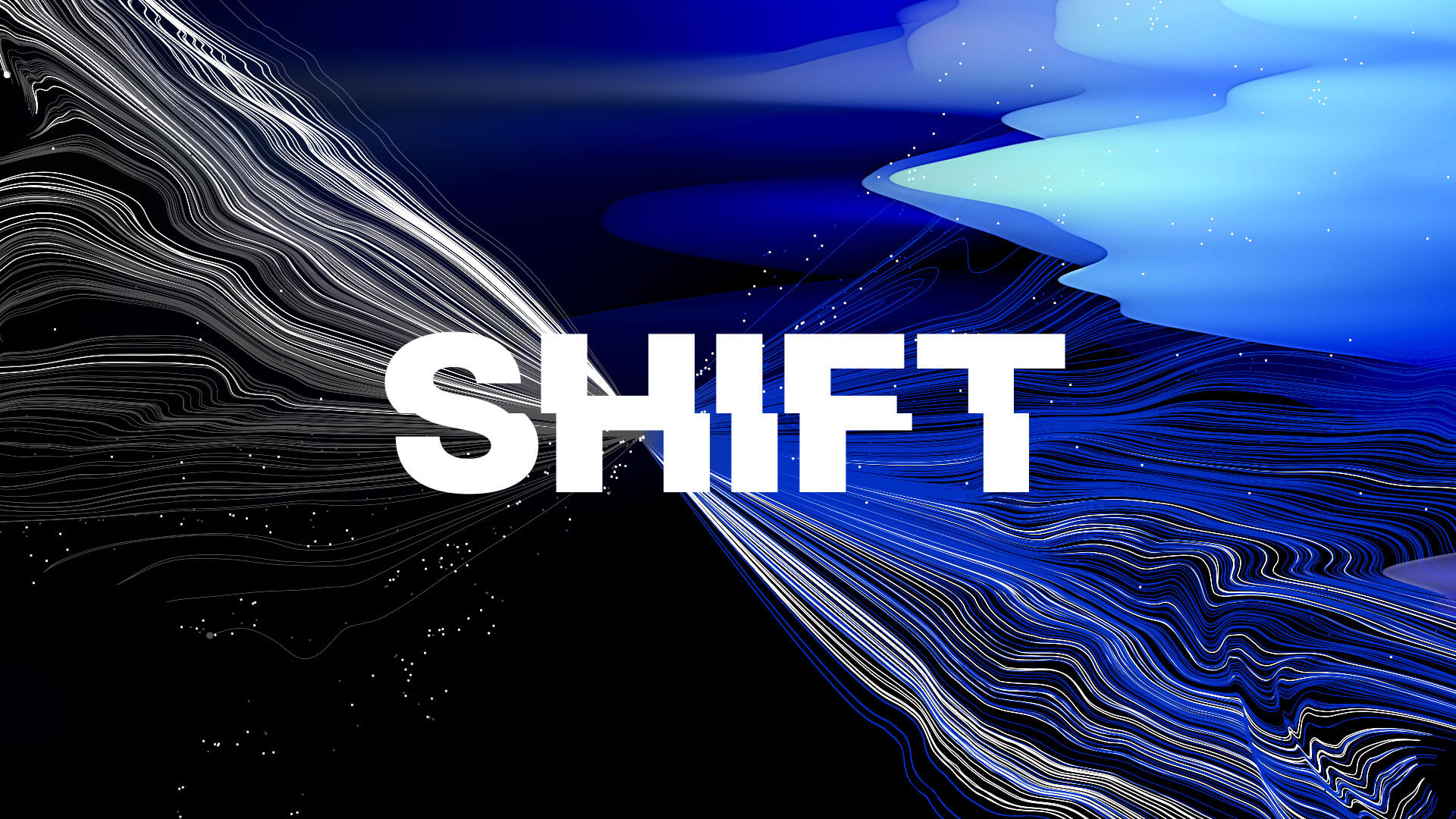B2B Marketing Shifts from Automation to Orchestration
Thank you for Your Service Marketing Automation. Make Room for the Orchestrators.
“Marketing Automation” (MA) was the technology and capability that inspired a generation of B2B marketers to shift from brand marketers to revenue marketers. It’s been a big leap forward for the profession previously known for creating logos, themed T-shirts, and fancy events. And, it built careers for many of us who won accolades for using tech + tools to replace woefully manual, outdated efforts and show Marketing’s contribution to the business.
Good start and incredible contribution. Today, marketing automation is not enough to get the job done. In fact, it’s become a crutch for some organizations and teams.
au·to·ma·tion – the use of largely automatic equipment in a system or other production process.
We can’t rely on automation alone nor on a single platform provider(s) to deliver what’s required to deliver results today. The B2B high-growth and enterprise marketers I talk to have weighed in on why marketing automation falls short:
- Most marketing organizations have deployed marketing automation, creating very little room for differentiation of your brand, offer or experience.
- The automation formula being used is lackluster: create content, push the audience to a form, email them (aka, nurture), and send to sales with a marketing-defined lead score.
- The early MA providers have been absorbed by larger goliath software companies, slowing innovation and critical new capabilities required for today’s dynamic marketplace.
- The overabundance of disconnected tech and tools to automate key processes is often creating more work than it’s worth to implement and use. Automation alone has limiting value.
- Marketing Automation isn’t enough for today’s complex marketing, sales and digital environments. Today, we need more intelligence, more connectivity, more action.
The Role of Orchestration in Marketing Strategy
A new mindset and progressive solutions have emerged to pick up where automation has stalled.
or·ches·tra·tion – the planning or coordination of the elements of a situation to produce the desired effect.
Orchestration goes beyond automating processes, lead scoring and campaigns. This next-level approach builds off basic automation and offers the ability to orchestrate data, systems, programs and experiences and adds new levels of intelligence. Orchestration is also being applied between internal functions – sales, marketing, customer success and product teams – to deliver better, collective performance. Here are some orchestration examples marketers cite:
- Optimization within and across channels and programs delivering always-on marketing
- Connected experiences creating and delivering individual customer and account journeys
- Programmatic & predictive marketing via first-generation versions of AI and machine learning
- Engage, activate and measure across channels, sources and providers
- Activation of account-based sales and marketing “plays”
The Rise of the Orchestrators
Like in any innovation cycle, a new breed of providers and capabilities have emerged to deliver on the orchestration mandate. Coupled with the reality that relying on a single or a few platforms is not working for most B2B organizations.
This makes the job a bit harder, requires more discipline and it means organizations must take responsibility for developing and managing their own marketing tech stack and the governance of their data. It also means there is much more upside in what’s possible for those marketing pros and organizations that adopt orchestration.
The move to orchestration mindset and approach are at work today in many B2B teams. Marketing Orchestration unifies all top-of-funnel demand channels, to provide a cohesive prospect experience. Instead of using a technology stack that’s comprised of dozens of tools – none of which talk to one another – marketing orchestration unifies and coordinates these channels, campaigns and data.
Forrester describes marketing orchestration as “an approach to marketing that focuses not on delivering standalone campaigns, but instead on optimizing a set of related cross-channel interactions that, when added together, make up individualized customer experience.” It enables marketers to connect the dots between different customer acquisition channels, across different tools and campaigns. It boosts the quality of lead data going into your system, providing you with a robust foundation of prospect data on which to plan, build and execute more effective marketing campaigns.
Like all new eras, there are big promises and things don’t always work as advertised. This will take time, experimentation, coaching and guts. It’s exciting to see the next generation of marketing capabilities and watching game changing marketers embrace the next generation.
You can download a primer on an “Introduction to Marketing Orchestration” here.









